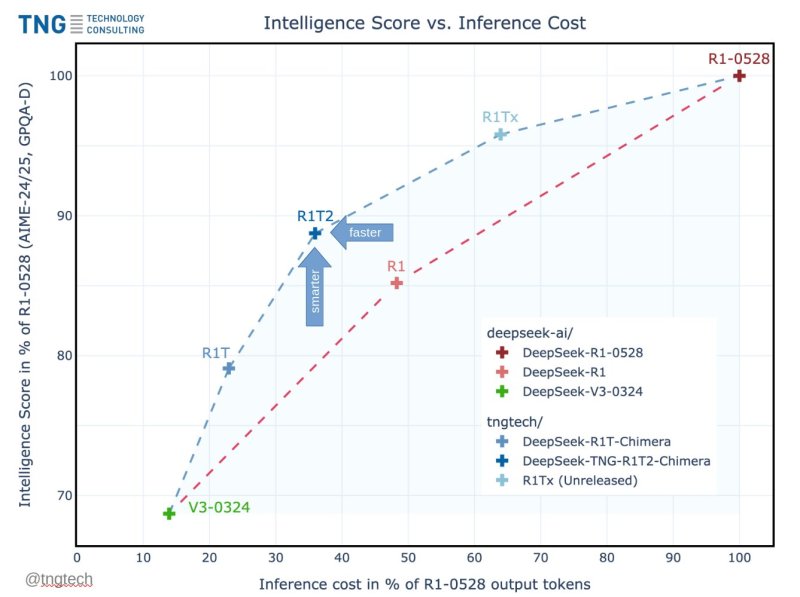
In a report sent to Rigzone by the Standard Chartered Bank team late Tuesday, analysts at the bank, including the company’s commodities research head Paul Horsnell, revealed their projection for the next meeting of the eight OPEC+ countries that made additional voluntary cuts in April and November 2023, which is set for Sunday.
“We expect ministers will continue the unwinding of the November 2023 tranche of cuts, increasing targets by 411,000 barrels per day for the fourth successive month,” the analysts said in the report.
“We expect a further 411,000 barrel per day increase at the August meeting, which will result in the full unwinding of the November 2023 voluntary cuts that totaled about 2.2 million barrels per day,” they added.
In the report, the analysts noted that they expect the market to absorb extra OPEC+ production easily in the short term and revealed that they forecast a global stock draw of 0.9 million barrels per day in the third quarter of this year and a 0.2 million barrel per day build in the second quarter.
“The tightening in Q3 is primarily the result of a 1.4 million barrel per day quarter on quarter increase in demand while non-OPEC+ output is fairly flat and OPEC+ output increases by significantly less than the nominal unwinding of the target cuts,” the analysts said in the report.
“While the targets (not including compensation for past overproduction) will average about one million barrels per day higher week on week in Q3, we expect total OPEC+ output to rise quarter on quarter by about 0.4 million barrels per day,” they added.
The Standard Chartered Bank analysts stated in the report that rapid unwinding of the November 2023 cuts has proved a highly successful strategy.
“It has simplified a situation that many traders found too complicated, has revealed that the fundamentals were much tighter than consensus had believed, and that spare capacity is more limited than consensus believed,” they said.
“It has also increased pressure on some of those OPEC+ members who were finding it difficult to deliver their promises, and some of those countries have responded,” they added.
“Challenges remain, however, even if they have not so far detracted significantly from the success of the strategy,” they continued.
“The lack of compliance by some could become a more significant issue when the seasonal demand strength that allowed the full unwinding of the November 2023 cuts abates in late Q4 and into Q1,” they went on to warn.
The Standard Chartered Bank analysts noted in the report that, on their balances, OPEC+ may not need to cut in the first quarter of next year.
“Our projected Q1 stock build looks no larger than normal and inventories are in any case starting from very low levels,” they said.
“However, should ministers at any point feel a discussion on supply is needed, we would expect the majority will insist that the first line of cuts should be from the overproducers and include a full payback of past overproduction and that wider cuts should only be a second line of defense if needed,” they added.
The analysts went on to state in the report that, “despite some rough waters still to navigate, the overall H1 report card on OPEC+ actions is very positive”.
“OPEC+ started the year facing Wall Street consensus forecasts that there would be huge oversupply in 2025 even if OPEC+ did not add a single barrel back into the market,” they said.
“Six months on, the November 2023 cuts are on course to be completely unwound, inventories remain very low … the prompt market remains backwardated and the previous market fears of historic surplus have morphed into a general acceptance that fundamentals entered the year far stronger than consensus believed,” they continued.
Rigzone has contacted OPEC for comment on Standard Chartered Bank’s report. At the time of writing, OPEC has not responded to Rigzone.
A statement posted on OPEC’s website on May 31 announced that Saudi Arabia, Russia, Iraq, UAE, Kuwait, Kazakhstan, Algeria, and Oman “will implement a production adjustment of 411,000 barrels per day” in July.
The statement noted that “the eight OPEC+ countries, which previously announced additional voluntary adjustments in April and November 2023 … met virtually on 31 May 2025, to review global market conditions and outlook”.
“In view of a steady global economic outlook and current healthy market fundamentals, as reflected in the low oil inventories, and in accordance with the decision agreed upon on 5 December 2024 to start a gradual and flexible return of the 2.2 million barrels per day voluntary adjustments starting from 1 April 2025, the eight participating countries will implement a production adjustment of 411,000 barrels per day in July 2025 from June 2025 required production level,” it added.
The statement noted that this “is equivalent to three monthly increments” and highlighted that “the gradual increases may be paused or reversed subject to evolving market conditions”, adding that “this flexibility will allow the group to continue to support oil market stability”.
“The eight OPEC+ countries also noted that this measure will provide an opportunity for the participating countries to accelerate their compensation,” the statement went on to note.
“The eight countries reiterated their collective commitment to achieve full conformity with the Declaration of Cooperation, including the additional voluntary production adjustments that were agreed to be monitored by the JMMC during its 53rd meeting held on April 3rd 2024,” it continued.
The statement also noted that the eight countries “confirmed their intention to fully compensate for any overproduced volume since January 2024”.
“The eight OPEC+ countries will hold monthly meetings to review market conditions, conformity, and compensation. The eight countries will meet on 6 July 2025 to decide on August production levels,” it added.
According to a table accompanying the statement, “July 2025 required production” is 9.534 million barrels per day for Saudi Arabia, 9.240 million barrels per day for Russia, 4.122 million barrels per day for Iraq, 3.169 million barrels per day for the UAE, 2.488 million barrels per day for Kuwait, 1.514 million barrels per day for Kazakhstan, 936,000 barrels per day for Algeria, and 782,000 barrels per day for Oman.
To contact the author, email [email protected]




















